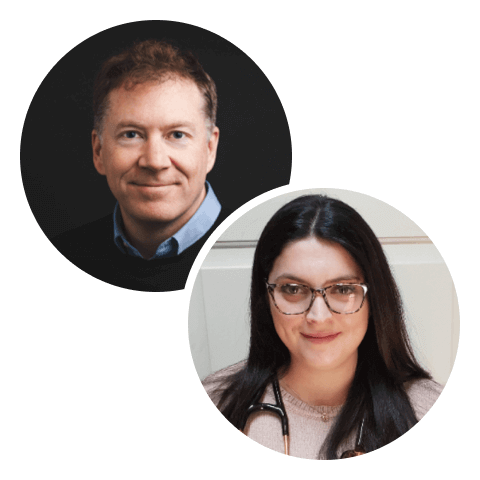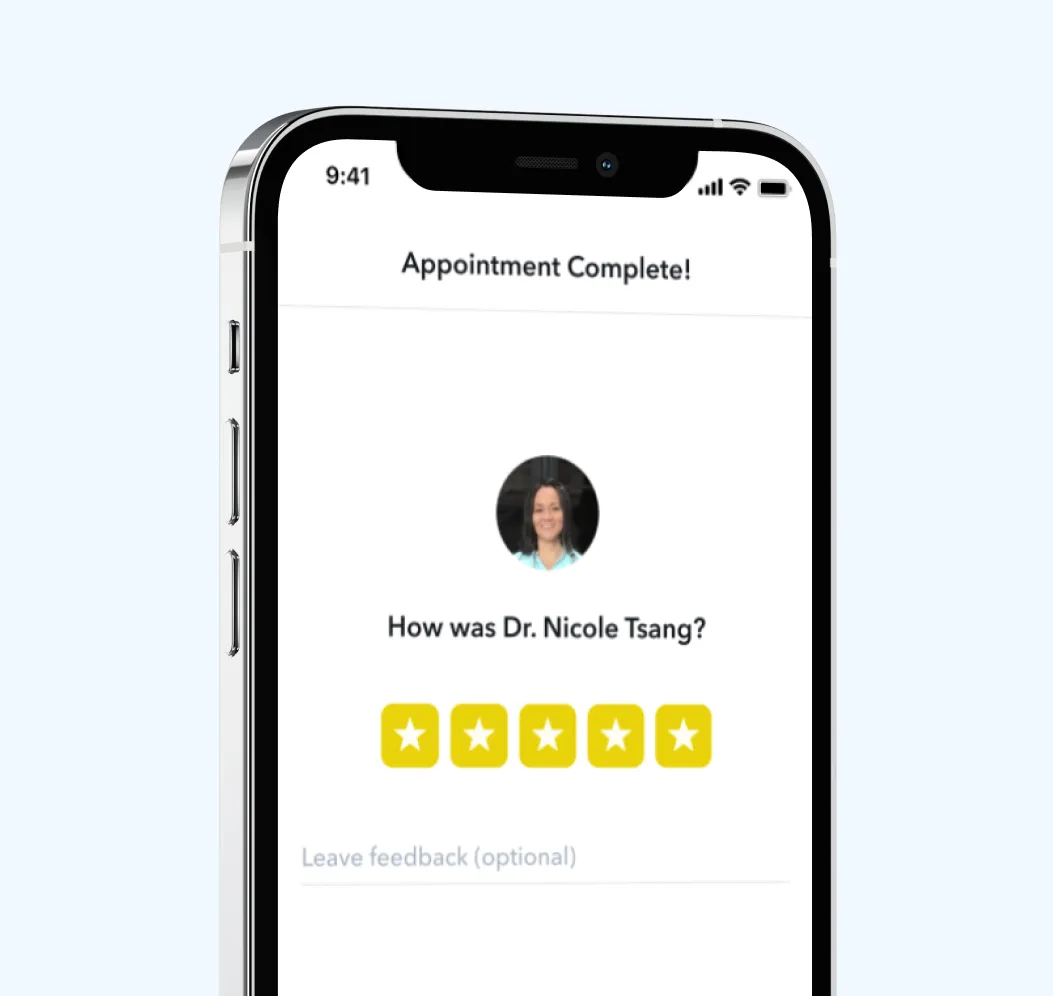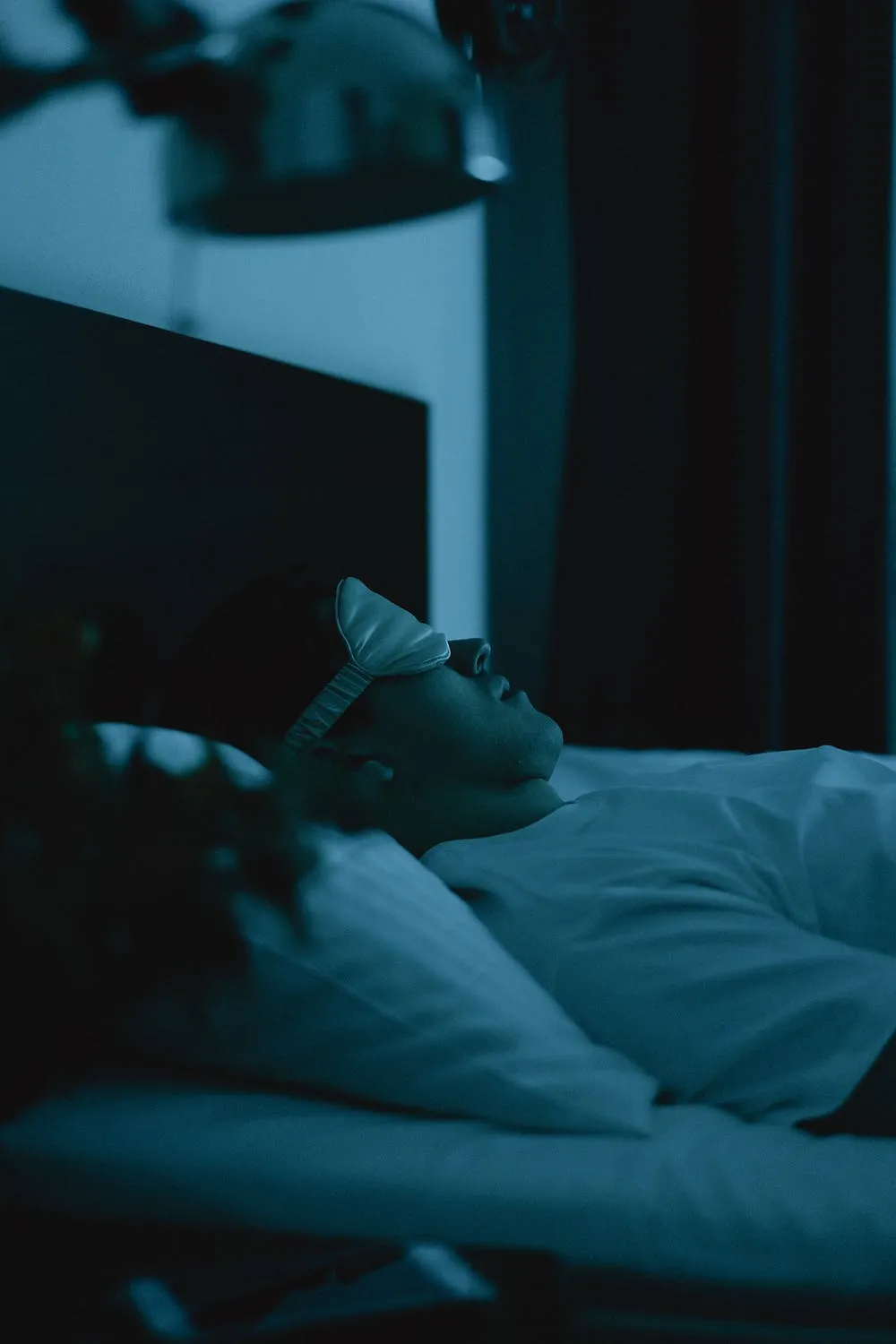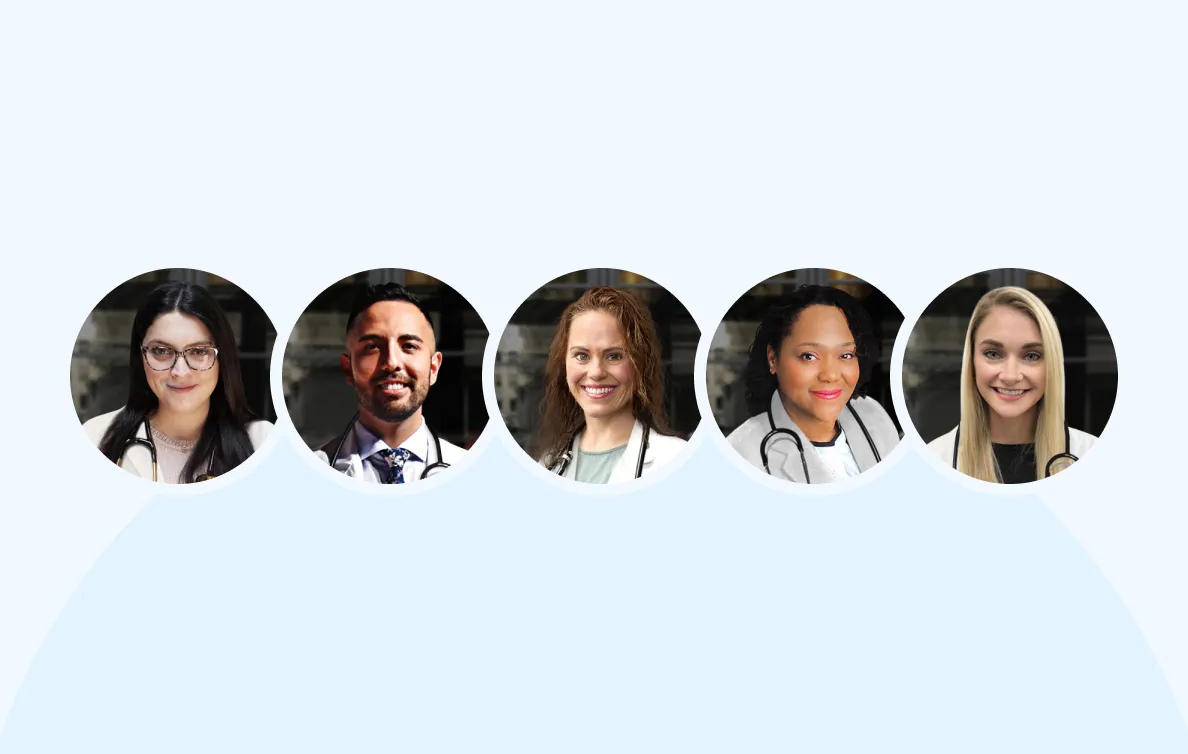All posts
Orthosomnia: Are sleep aids making you more anxious about sleep?

Circle Medical Staff
May 23, 2025
6 min

From mouth tape to sleep trackers, people are increasingly turning to quick-fix solutions for better sleep. At Circle Medical, sleep-related appointments rose by 72% from 2023 to 2024, aligning with a 23% national rise in searches for “sleep issues” in the past year - a figure projected to grow another 18% in the coming year. The problem is real, and it’s growing. But are these trending sleep aids helping or quietly fueling a growing public health concern?
Sleep disorders, including chronic insomnia, continue to rise across the U.S., despite a booming market of products that promise rest and recovery. The disconnect is clear: more sleep aids are being purchased and searched for, yet fewer people are sleeping well. At Circle Medical, we believe that long-term, sustainable solutions lie in addressing the root causes of poor sleep, rather than chasing fads.
In this climate of relentless sleep optimization, a new term has emerged: Orthosomnia. The coined term refers to the anxiety or obsession with achieving “perfect” sleep, often worsened by sleep-tracking apps or high-pressure wellness routines. It’s a growing issue that reflects how our pursuit of better sleep may, ironically, be keeping us up at night.
These data findings explore rising trends in sleep-related searches, regional preferences, and expert commentary on how to move from sleep stress to genuine sleep support.
The Sleep Aid Boom: Comfort or Complication?
With sleep now a multi-billion-dollar wellness industry1, it’s no surprise that innovative tools have emerged. But our collective focus on gadgets and gimmicks may be increasing pressure to sleep “correctly,” creating frustration and, in many cases, fueling orthosomnia.
While some products offer short-term comfort, the growing reliance on them points to a broader issue; one where stress, screen time, nutrition, and lifestyle are sidelined in favor of more marketable “solutions”.
Trending Now: The Top 5 Sleep Products in America
Our research has found that between 2021 and 2025, search interest in sleep aids has surged across the U.S. with five products, in particular, standing out:
1. Mouth Tape (↑95.5%) Promoted for improving nasal breathing, regulating airflow and reducing snoring, mouth taping is popular among those trying to prevent nighttime mouth breathing.
2. Oura Ring (↑90.7%) This wearable tracker provides deep sleep data from heart rate variability to REM cycles and appeals to wellness-conscious users.
3. Ergonomic Pillow (↑74.2%) Designed to support proper spinal alignment, these pillows are popular among side and back sleepers seeking relief from neck and shoulder tension.
4. Nasal Strips (↑68.4%) Used to improve airflow, particularly during allergy season or for mild snorers, these strips provide a low-risk option for managing nighttime breathing difficulties.
5. Nasal Dilators (↑67.5%) Often chosen as an alternative to nasal strips, these devices are inserted into the nostrils to enhance airflow and reduce snoring or mild apnea symptoms.
Other trending products include heated blankets (+33.6%), sleep headphones (+23.4%), and sleep masks (+23.2%), showing a nation actively seeking sleep relief, but maybe not always in the most effective ways.

Mapping America’s Sleep Habits
Interest in sleep aids is growing across the U.S., but some states are far more invested in finding a fix than others.
Kentucky (44.8%), Alabama (41.7%), and Maine (40.5%) lead the way, showing the sharpest rise in searches across all 15 trending sleep aids. These states may reflect regions where healthcare access is more limited, or where environmental and lifestyle factors like high rates of sleep apnea, stress or rural isolation drive people to self-manage sleep issues with over-the-counter tools.
At the other end of the scale, Rhode Island (14%), Alaska (15.7%), and New Hampshire (16%) show much lower interest. This could suggest a more skeptical population, greater access to clinical care, or simply fewer marketing touchpoints.
Regionally, the South shows the most overall interest in sleep aids across the board (34.2%), particularly in products like blackout curtains and cooling blankets, likely influenced by heat and bright light disrupting sleep. In the Midwest (31.4% overall), sleep headbands have emerged as a uniquely popular product, especially in a region known for cold winters. The West Coast (27.9% overall), unsurprisingly, leans more toward tech-based tools like smart alarm clocks and white noise machines. The Northeast, meanwhile, shows more modest interest overall (27.4%), with slight preference for nasal aids, perhaps due to seasonal congestion or air quality concerns.
These differences show how geography, lifestyle, and climate shape not just how people sleep, but how they try to fix it.

Expert Insights: When Sleep Aids Could Backfire
According to Dr. Nicole Tsang, clinician at Circle Medical, the widespread adoption of trending sleep products speaks to a desire for control, but that desire can sometimes backfire:
“Mouth tape, while marketed as a tool to promote nasal breathing and better oxygenation, can be very uncomfortable for those with nasal issues or sleep apnea; more importantly mouth tape does not address the root cause of sleep issues. For many, it triggers claustrophobia or feelings of panic, which can be a signal from your body that you should listen to. In some cases, there are actual risks to using mouth tape, especially if used without understanding underlying breathing conditions.”
Another growing concern: the obsession with sleep data.
“Sleep trackers like the Oura Ring can be helpful, but can contribute to a kind of ‘sleep performance anxiety.’ People wake up and immediately checking their stats; and if their scores are low, they feel like they slept poorly, even if the reality is that they didn’t. Users can often misread data and that leads to stress, which sets the tone for the whole day.”
Ultimately, Dr. Tsang emphasizes that gadgets alone won’t fix poor sleep. The best evidence-based paths to rest are often the most accessible: nutrition, movement, stress reduction, and consistency.
“If sleep issues persist beyond a few weeks, it’s worth speaking to a doctor or behavioral health provider, instead of buying the next product on your feed.”

Looking Ahead: More Gadgets, More Anxiety?
As the sleep aid market continues to grow, the data suggests this isn’t just a passing trend, as interest in these products are projected to climb significantly over the next year. But this ongoing growth prompts a bigger question: are we actually sleeping better, or just trying harder to?
Mouth tape is forecasted to see the sharpest increase, with an 82% projected rise in interest. While it’s marketed as a fix for mouth breathing and snoring, for many users it could create the opposite effect by causing anxiety and potentially airway obstruction. This is where the danger lies: solutions meant to reduce sleep issues can end up creating new troubles, especially for those with underlying nasal issues or health conditions.
The same tension exists with wearable trackers like the Oura Ring, which is forecasted to continue rising a further 55% in interest. While these devices offer insights into sleep stages and recovery, they also feed into the orthosomnia phenomenon. The fixation can backfire, as users chase ideal data rather than listening to their bodies or improving foundational sleep hygiene.
Interestingly, some older or more traditional tools, such as Himalayan salt lamps and essential oil diffusers, are seeing a decline in interest, which hint at a shift away from passive or ambient approaches and toward high-tech, performance-based solutions. But more gadgets don’t necessarily mean better outcomes.
In the words of Dr. Nicole Tsang, “There’s nothing wrong with trying tools that help, but when these tools become the focus rather than the support, it can create a cycle of worry, self-monitoring, and diminishing returns. Instead, physical activity, consistent routines, nutrition, and stress reduction offer more sustainable paths to restorative sleep.”

Rest Starts with the Right Foundation
Sleep is a biological function, not a tech upgrade. At Circle Medical, we advocate for solutions grounded in science, not stress.
The next time you’re tempted to buy another product promising “perfect sleep,” take a step back. Addressing stress, eating well, exercising regularly, and creating a consistent routine can make a far greater difference than the latest sleep hack.
Sleep shouldn’t feel like another thing to achieve, but something your body welcomes naturally.
Source:
Methodology:
Google search volume data for trending sleep aids was analyzed across all 50 U.S. states to identify both national and regional interest in each product. Search trends were measured from April 2021 to March 2025.
To assess the rise in sleep disorders, U.S.-based search queries related to “sleep issues” were reviewed. Additionally, internal data from Circle Medical revealed a notable increase in sleep-related medical appointments.
All projections were based on forecasted search trends provided by Google.
Circle Medical Providers must meet all of the following standards:
-
Exceptionally qualified in their field
-
Board-certified
-
Deeply empathetic for patients
-
Follows evidence-based care guidelines
-
Embracing of diverse patient backgrounds
-
Impeccable record of previous care
400+ Primary Care Providers.
100% Confidence.
No matter which Provider you choose, you will be seen by a clinician who cares deeply about your health and wants to help you live your happiest, healthiest life.
Circle Medical Providers are held to an exceptionally high standard of compassionate, evidence-based care.
Book Appointment

